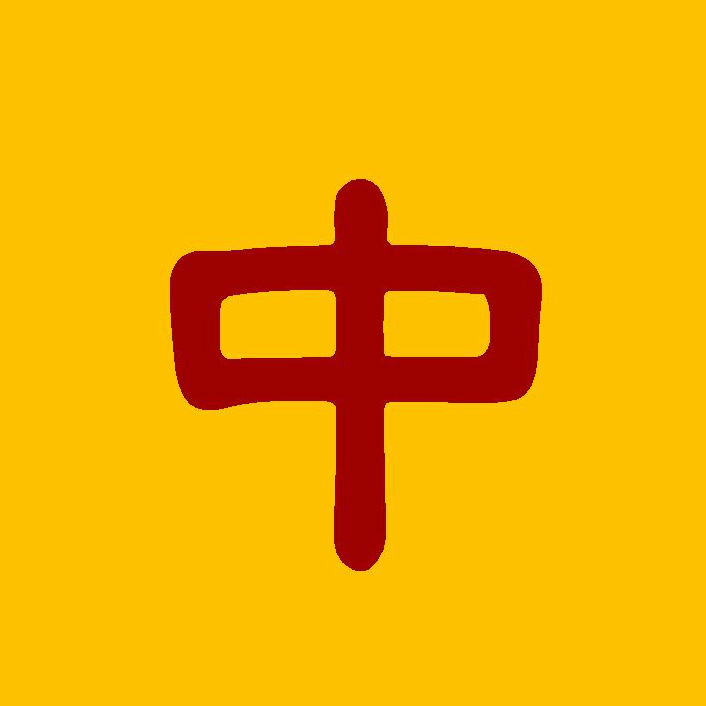Look here! – A look at 看 kàn
Hey there, look here!

This is a pretty basic word that most beginners would pick up very soon after embarking on their Mandarin learning journey. Typically translated as ‘look’, ‘watch’, ‘see’, ‘read’. If you have a good look at the ancient form of the character, it depicts a hand over an eye.
Simple enough! Very vividly tells you that this is something you do with your eyes. There’s more to this than meets the eye though. Sometimes it’s a little confusing. Other times, you might be in for a surprise at discovering some other quirky flavours to its character.
So today let’s look at this guy.
Lái kànkan ‘kàn’ zhè ge zì!
来看看‘看’这个字!
As you can see above, this character can be read both as kān (1st tone) and kàn (4th tone). Thankfully though, most times it is in the 4th tone, kàn. So this is the one we’ll be focussing on today.
看 kàn
1) the basics
Since this is a verb that talks about things that you do with your eyes, naturally you use it with some common activities like:
kàn shū
看书
read a book
kàn diànyǐng
看电影
watch a movie
kàn diànshì
看电视
watch TV
Or just simply:
kàn
看!
Look!
And how about this:
Nǐ kàn shénme ya?
你看什么呀?
What are you looking at/ watching/ reading?
Whether to translate 看 kàn in this sentence as ‘look’, ‘watch’ or ‘read’ would really depend on the context.
2) a step up
Now let’s look at another common use of this word.
kàn péngyou
看朋友
visit a friend
Tā bìng le, wǒmen qù kànkan tā ba.
他病了,我们去看看他吧。
He’s sick. Let’s go visit him.
Bié wàng le cháng lái kàn wǒmen a.
别忘了常来看我们啊。
Don’t forget to come visit us often.
3) know who you’re talking about!
The next one is sometimes confusing. But if you think of it as an extension of the second definition, it makes sense. You just have to pay attention to the context.
kàn bìng
看病
病 bìng means illness, and when we use 看 kàn with it, we mean treating it, or to have it treated. This is where you have to be careful, as this phrase could mean a doctor examining and treating a patient, or a patient visiting and consulting a doctor.
Tā kànbìng qu le.
他看病去了。
A simple sentence like this can be ambiguous. He has gone to 看病 kàn bìng. If you don’t know who this 他 tā (he) is, it’s rather hard to translate it correctly. Perhaps he has gone to visit a doctor (because he’s sick). Or perhaps, (he is a doctor and) he is off to treat a patient. Another reason why context is so important!
4) so you think you know…
What do you think of this next example:
Nǐ kàn zhège zěnmeyàng?
你看这个怎么样?
看 kàn here means ‘to think’, ‘to consider’. So the above sentence means ‘What do you think of this?’
Wǒ kàn shìqing méi nàme jiǎndān.
我看事情没那么简单。
I don’t think the matter is so simple.
Wǒ kàn tā búhuì dāying de.
我看他不会答应的。
I don’t think he would agree to it.
5) now it depends!
Whether you can guess the meaning of this one depends on… your imagination, perhaps?
A: Nǐ míngtiān lái ma?
A:你明天来吗?
A: Are you coming tomorrow?
B: Kàn xīnqíng.
B:看心情!
心情 xīnqíng means ‘mood’. So what does 看 kàn here mean? What is B saying?
B: ‘Depends on (my) mood!’
Here’s a few more:
Zài kàn ba.
再看吧!
We’ll see. (It depends. We’ll look at the conditions then.)
Yīfu néng bu néng liànggān, yào kàn tiānqì.
衣服能不能晾干,要看天气。
Whether the clothes will dry depends on the weather.
Chénggōng bu chénggōng, yào kàn gèrén nǔlì.
成功不成功要看个人努力。
Success depends on hard work. (Whether one succeeds or not depends on one’s hard work.)
6) a must-try!
Another use of kàn is to affix it after verbs (typically reduplicated verbs) to mean ‘to have a try’. It’s not hard to imagine the logic behind this. Do something, and see how it goes!
Wǒ xiǎngxiang kàn.
我想想看。
Let me think about it.
Nǐ shìshi kàn.
你试试看。
You give it a try.
Yòngyong kàn.
用用看。
Try using it.
7) watch out!
The last one is my favourite (though I don’t really know why it is).
Kàn chē!
看车!
Well, 车 chē means ‘car’, or ‘vehicle’, but here, we’re not talking about looking at cars, but to ‘watch out’, to ‘be careful’. Parents tend to automatically tell their kids to 看车 kàn chē when crossing the road.
Zǒu lù yào kàn lù a.
走路要看路啊。
(When walking) Look where you’re going!
Here’s an adorable baby to illustrate this sentence.

After looking at so many examples, you’ve got to give some of them a try!
Kàn le nàme duō lìzi, yídìng yào yòngyong kàn o!
看了那么多例子,一定要用用看哦!












